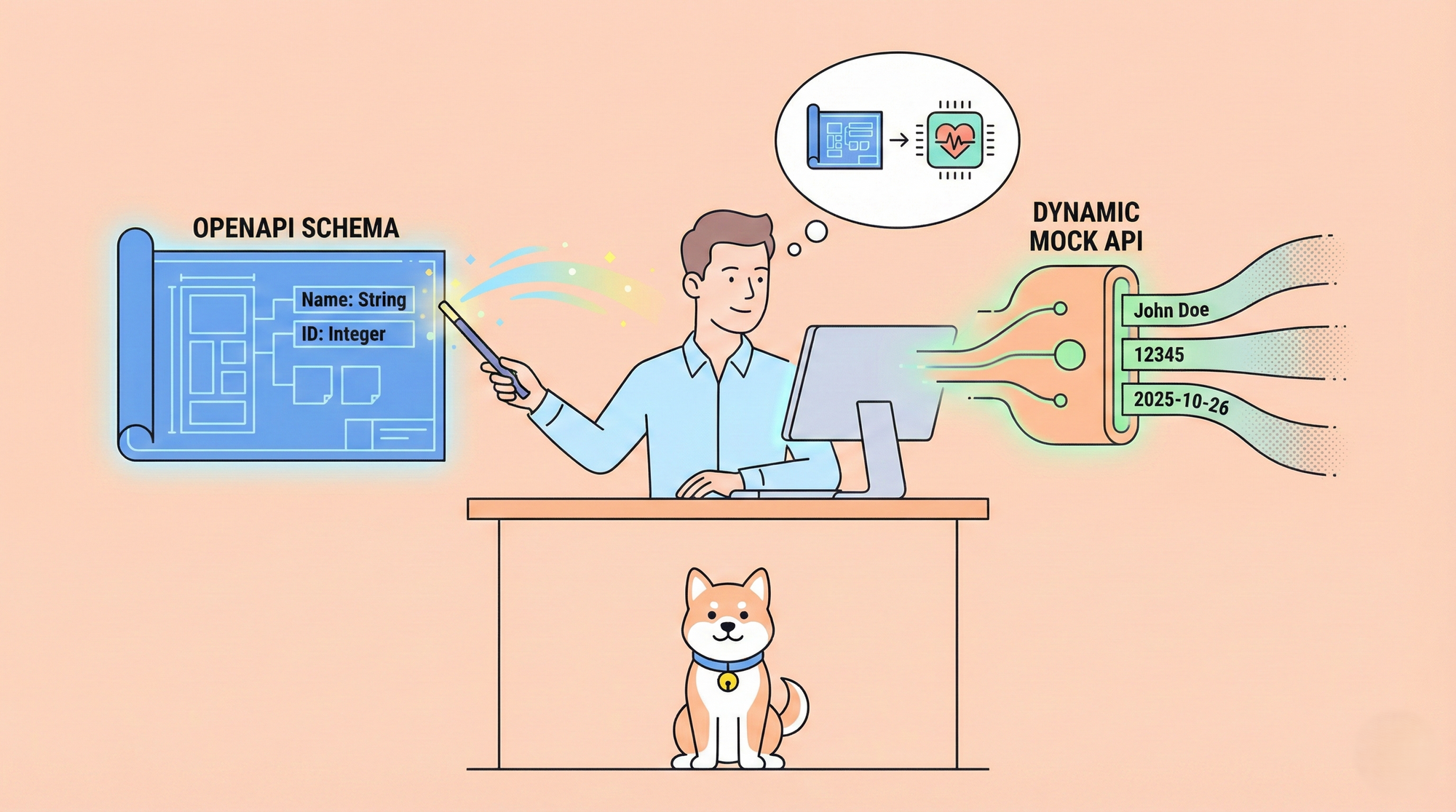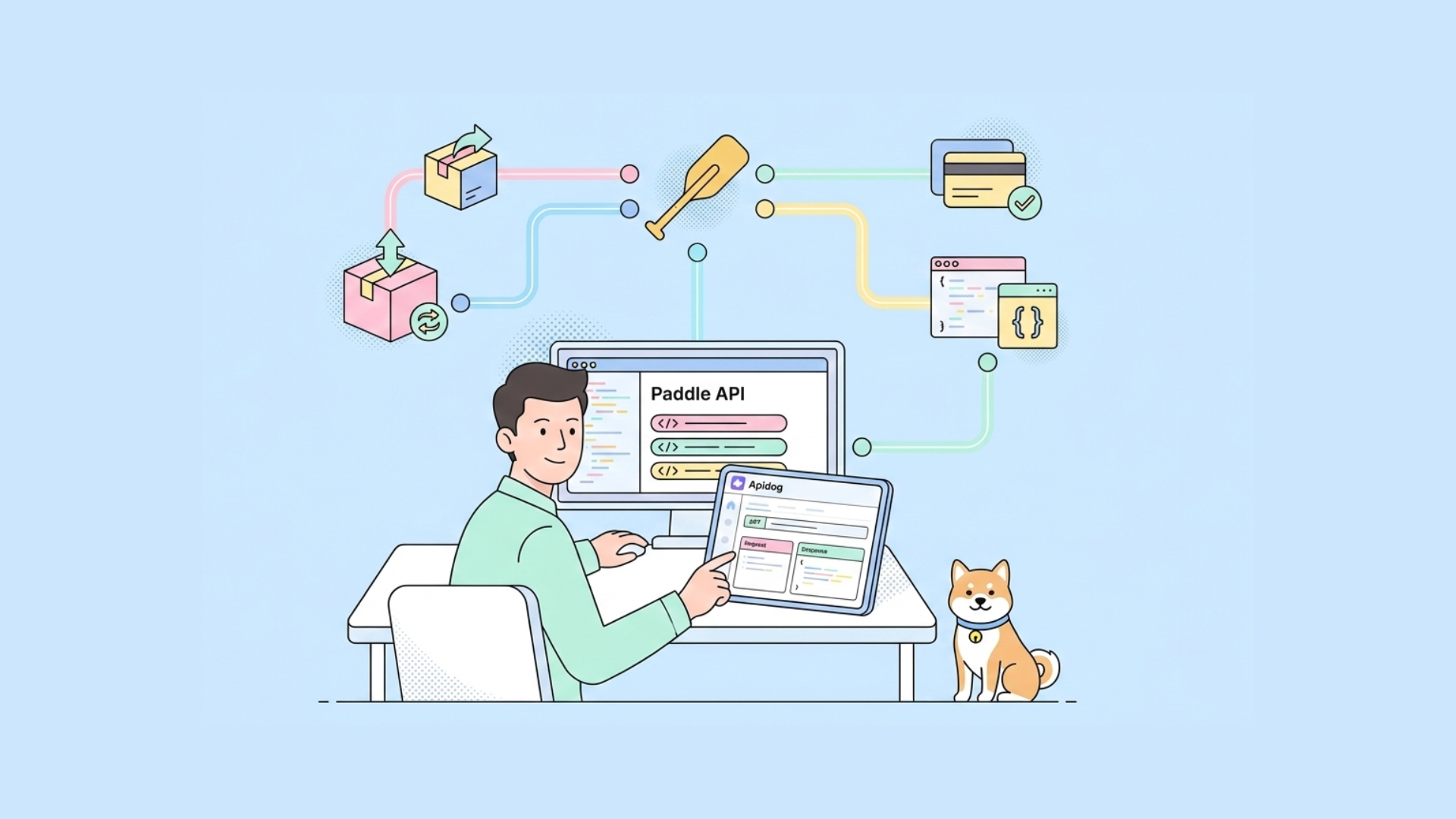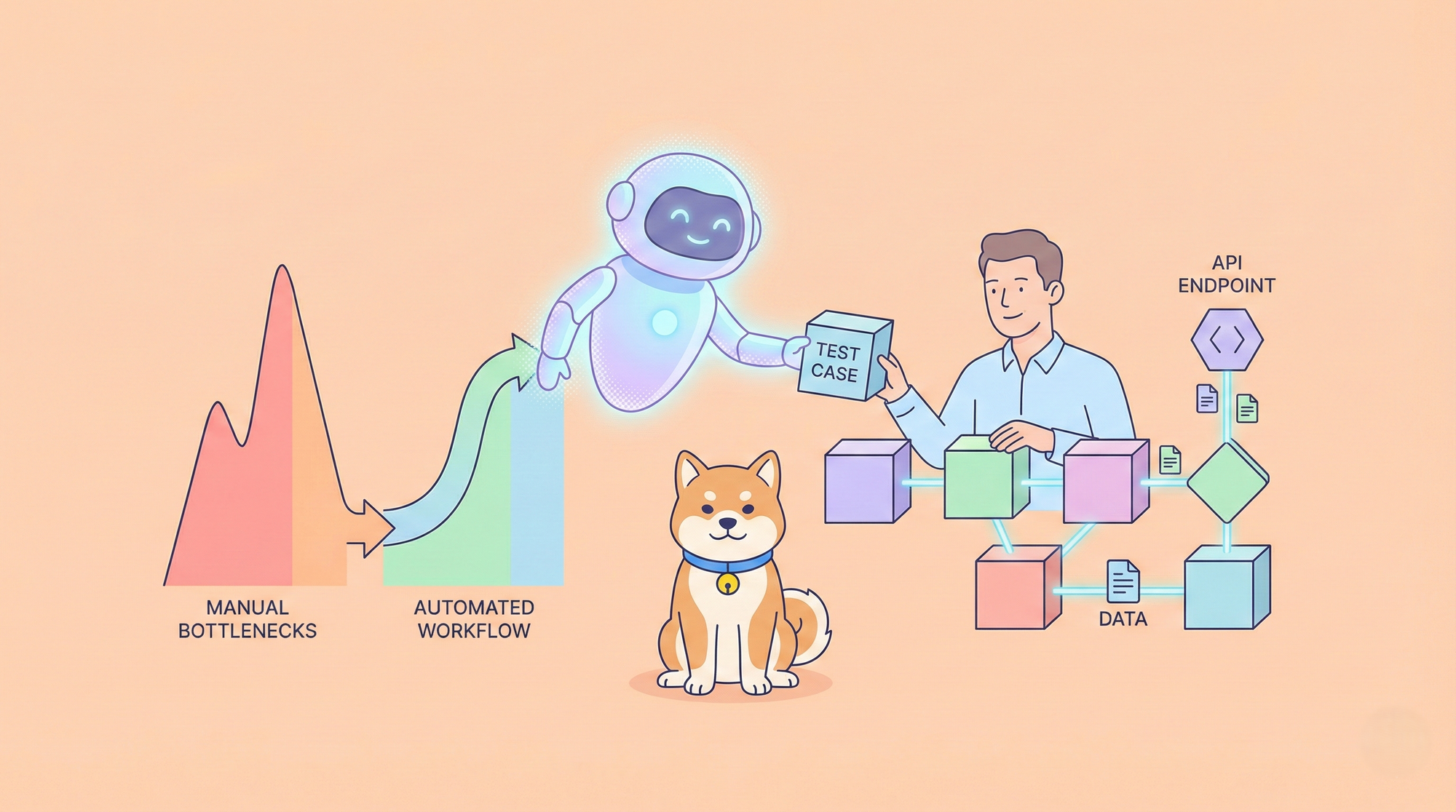If you're a developer or tester working with APIs that require OAuth 2.0 authentication, you know how crucial it is to have a reliable way to obtain and manage access tokens. Unfortunately, many users of the popular API testing tool Insomnia have been facing a frustrating issue – the inability to retrieve OAuth 2.0 access tokens, especially after the v2022.7.0 update.

Insomnia's OAuth 2.0 Authentication Issue
The "Failed to fetch token" error in Insomnia has been widely reported on GitHub, with users expressing their concerns about this significant roadblock in their API testing workflows.
While this issue has been acknowledged by Insomnia's developers, a resolution hasn't been implemented yet, leaving many users searching for an alternative solution.
In this detailed guide, we'll explore Apidog's OAuth 2.0 capabilities and walk you through step-by-step instructions on how to leverage this powerful tool to overcome the Insomnia OAuth 2.0 access token issue.
What is Apidog?
Apidog is a comprehensive API management solution that streamlines the entire API lifecycle, from design and testing to documentation and monitoring. With its sleek and user-friendly interface, Apidog has become a popular choice among developers and testers looking to enhance their API development and testing workflows.

Apidog's OAuth 2.0 Authentication Capabilities
One of Apidog's standout features is its robust support for OAuth 2.0 authentication. With just a few clicks, you can effortlessly obtain OAuth 2.0 access tokens and have them automatically included in your API requests. Apidog's OAuth 2.0 integration supports various authentication flows, including Authorization Code, Implicit, Resource Owner Password Credentials, and Client Credentials.
But Apidog's OAuth 2.0 capabilities go beyond just obtaining access tokens. The tool also provides clear visibility into token expiration dates and allows for effortless token refreshing, ensuring that your API testing workflow remains uninterrupted.
Additionally, Apidog's intuitive interface makes it easy to manage multiple OAuth 2.0 configurations, enabling you to work with different APIs that have varying authentication requirements.
How to Get OAuth 2.0 Access Tokens with Apidog
Launch Apidog and create a new API project or open an existing one. If you don't install Apidog yet, click the download button:
And then, navigate to the "Auth" section and select "OAuth 2.0" as the authentication type.

Additionally, you can save request information for this API and use Apidog's automated testing feature to make this API using OAuth 2.0 a step in test automation, which is very convenient.
Configure the required OAuth 2.0 parameters, such as the authorization URL, token URL, client ID, client secret, and the desired grant type (e.g., Authorization Code, Implicit, Resource Owner Password Credentials, or Client Credentials).
Once you have the access token, Apidog will automatically include it in the request headers for your API calls, saving you the hassle of manual token management. You can also easily refresh the token or obtain a new one with just a few clicks.
Automated API Testing with Apidog and OAuth 2.0
One of the key advantages of using Apidog is its powerful automated testing capabilities. With Apidog, you can create comprehensive test scenarios that incorporate OAuth 2.0-authenticated API calls, allowing you to streamline your testing process and ensure consistent, reliable results.
Apidog's automated testing feature supports various testing methodologies, including functional testing, load testing, and API monitoring. You can define test cases, set up test data, and configure assertions to validate the expected behavior of your APIs. By incorporating OAuth 2.0 authentication into your test scenarios, you can simulate real-world scenarios and ensure that your APIs are functioning correctly under different authentication conditions.
Additionally, Apidog provides detailed test reports and insights, allowing you to identify and address any issues promptly. With its robust test automation capabilities, Apidog empowers you to maintain a high level of quality and reliability for your APIs, even when dealing with complex authentication mechanisms like OAuth 2.0.
Comparing Apidog and Postman for OAuth 2.0 Token Management
While Postman is another popular API testing tool that supports OAuth 2.0 authentication, setting it up for token management can be more cumbersome and less intuitive compared to Apidog's approach. With Postman, you'll need to configure various options and settings, such as environment variables and scripts, to manage OAuth 2.0 tokens effectively.
Apidog, on the other hand, provides a more user-friendly and streamlined experience for OAuth 2.0 token management. Its intuitive interface and dedicated OAuth 2.0 configuration options make it easier to set up, obtain, and manage access tokens without the need for complex configurations or scripting.
For a detailed comparison and step-by-step guide on using Postman for OAuth 2.0, check out our article:

Conclusion
If you're struggling with the Insomnia OAuth 2.0 access token issue, Apidog is the solution you've been waiting for. Its seamless OAuth 2.0 integration, automated testing capabilities, and user-friendly interface make it the perfect tool for testing APIs that require OAuth authentication.
Don't let the Insomnia OAuth 2.0 access token problem hold you back any longer. Try Apidog today and experience the convenience of effortless OAuth 2.0 token management, streamlined testing workflows, and a comprehensive API management solution.
Get started with Apidog for free by downloading it from the official website: https://apidog.com/. Apidog is available for Windows, macOS, and Linux, ensuring compatibility with your preferred development environment.





